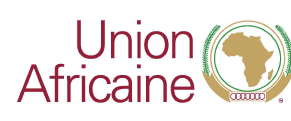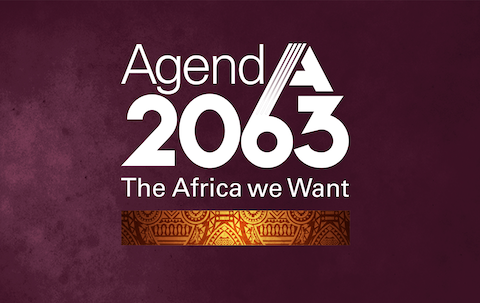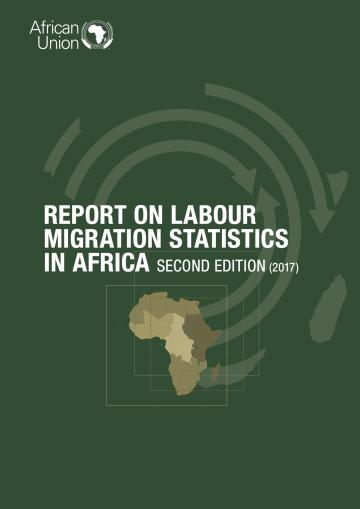Ressources
ECOWAS LABOUR MIGRATION STRATEGY AND ACTION PLAN (2025–2035)
Labor Migration Statistics Report in Africa Second edition: Regional Migration Profile
Executive Summary
Agenda 2063 is Africa’s development blueprint to achieve inclusive and sustainable socio-economic development over a 50-year period.
We, Heads of State and Government of Member States of the African Union, guided by the principles of Agenda 2063 and sustainable developm









